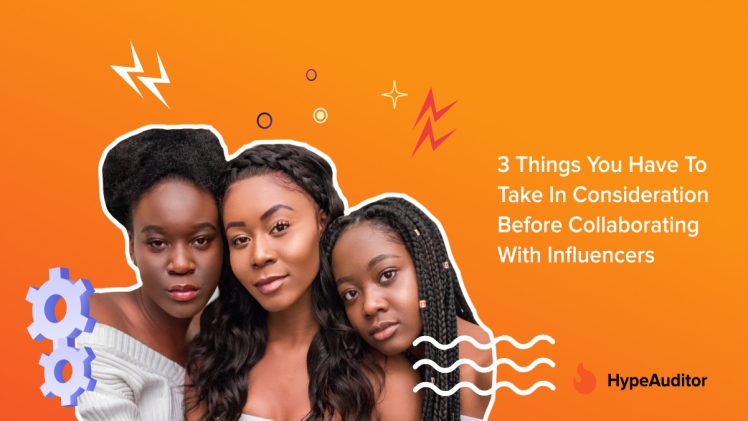Businesses of all sizes can use influencer marketing to increase their growth. Social media influencers can help you connect with their followers to grow awareness of your brand or even boost your sales.
But you can’t choose any old influencer. So, what should you look out for when choosing influencers? Let’s take a look at the factors you should consider before deciding who to work with.
Choose a category and a location that make sense for your brand
Find an influencer in the same industry as your brand. What is your brand doing? Do you work in the fashion, food, or fitness industries? Look for influencers posting about the same topics your brand relates to.
The second step is to search for influencers in a place where your brand has a presence. Your growth goals should be aligned with your influencer search criteria. For example, you can increase sales with influencers, but only if they promote your products to audiences in places where people can actually buy your products.
Look for organic growth
Many believe that a follower count is the most important aspect of an influencer. This is false. It is equally important to examine how an influencer has attracted their followers over time.
Influencers have the ability to buy fake followers. However, it is possible to spot fake followers by analyzing growth. Organic growth is slow, but it is stable. If you notice sudden increases in growth, it is worth digging deeper to find out what caused them.
Did the influencer host a giveaway for their fans? Did they go viral? These could explain the rapid growth of followers. In the absence of any logical reason, jumps in growth could indicate that an influencer bought fake followers.
Prioritize a good engagement rate
Engagement rate is generally more important for marketers than the number of followers. Engagement rate is a measure of the connection between an influencer and their audience. Followers who trust and like the content of an influencer are more likely to interact with them.
Collaboration with influencers can help brands increase engagement, too. When followers trust an influencer’s judgment and opinion, they are more likely to be interested in brands promoted by them.
Extreme engagement at either end of the spectrum is something to watch out for. Engagement rates that are very low are a sign that followers are not interested in the influencer’s content or are fake. And if engagement is much higher than that of their peers on the same network, they may have purchased fake comments or likes.
Just remember that engagement rate averages aren’t the same across all social media. So, it’s not fair to compare, for example, Instagram influencers with YouTube influencers. Those networks have different ways to engage with content, and therefore different engagement benchmarks.
Select influencers with a genuine audience that matches your target
Analyze more than just the influencer, y should also analyze their audience! It is important to ensure that influencers’ followers are compatible with your brand’s buyer personas. Instagram influencers can be categorized by their popularity and niche.
Consider the demographics of your audience, such as age, gender and location. Make sure they are compatible with your buyer personas. You don’t want to miss the mark simply because an influencer’s audience isn’t properly aligned with your target audience.
You should also assess the authenticity of their audience. This can be done manually by scanning comments, likers, or followers. You can then determine if most of the accounts are real people or bot accounts. You can also use an influencer marketing platform to let artificial intelligence evaluate the audience and give you a recommendation about their authenticity.
Make sure their content aligns with your brand
It’s also important to look at the content of influencers. Is their content consistent with your brand’s? Only influencers who can communicate your brand’s message effectively should be considered for collaboration. If your brand has a particular set of values, you should choose influencers that uphold them.
Style is important too. Influencers don’t need to have the same style as you. But it’s good to find someone who has a style similar to yours. This visual link makes the collaboration seem more genuine and allows your brand to republish influencer content later.
Conclusion
Analyze influencer profiles before you choose them to promote your brand via social media. Fake influencers exist, so try to avoid them. And make sure their content matches your mission, style, and values.


